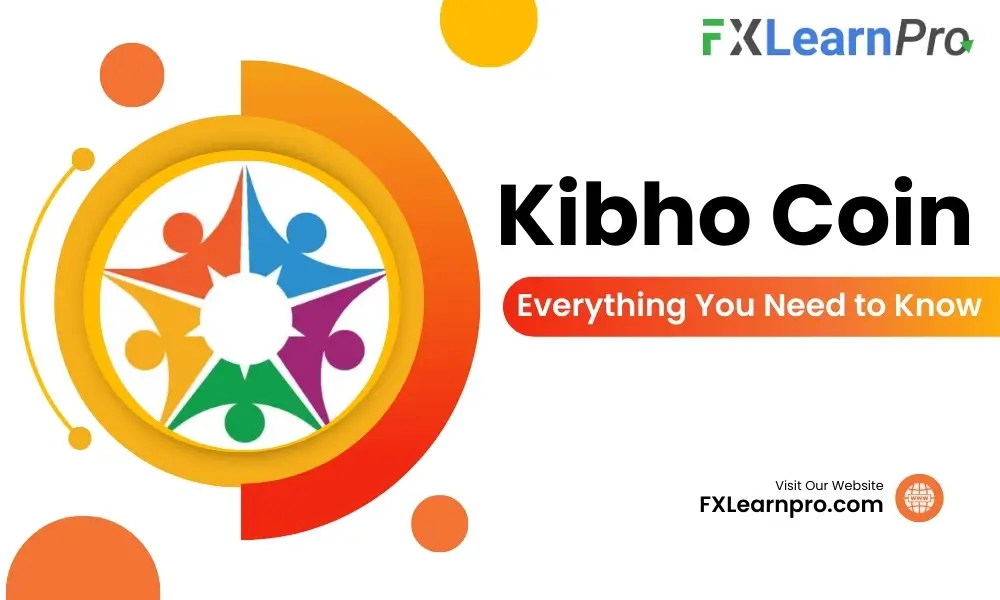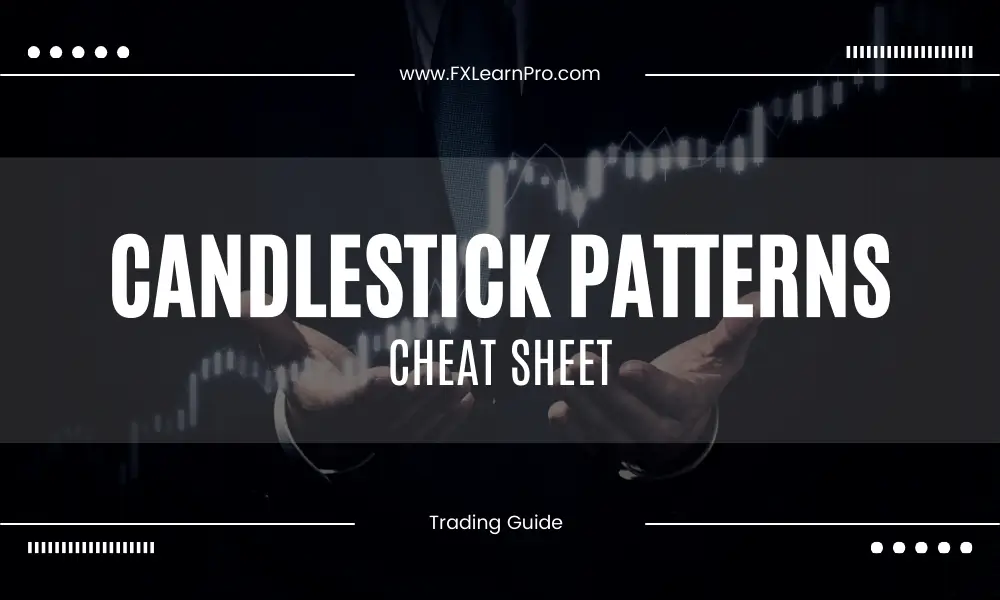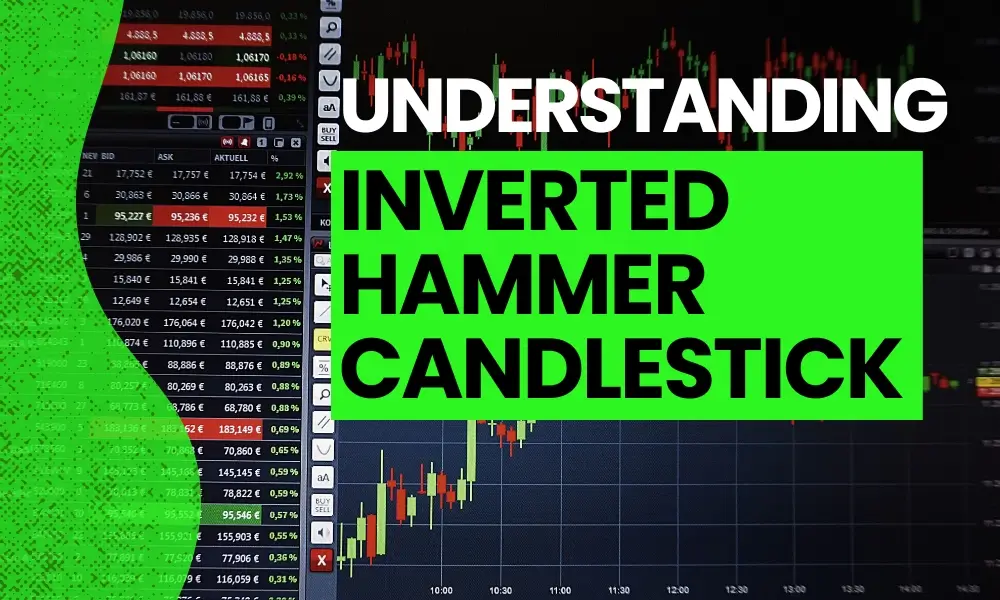To trade indices, you can gain exposure to an entire industry or economy with only one trade. The FTSE Group, Deutsche Börse, and Standard & Poor’s are examples of well-known indexes.
They are essentially baskets of distinct but related equities usually ranked by independent institutions. Most traders are unaware of trading using the CFDs, they are merely familiar with the names and abbreviations of major global trade indices.
Stock index CFDs can be analyzed, purchased, and sold the same way traditional equities can. These are used to track the progress of a group of stocks. Learn everything there is to know to trade indices, including how to trade them and which markets you can access.
(Read 0ur Blog- Is Forex Trading Legal in India?)
What are the Indices?
Indices are a way to track the price movement of a group of shares on a stock exchange. For instance, FTSE 100 tracks the top 100 companies on the London Stock Exchange.
Trading indices allow you to gain exposure to an entire economy or sector all at once by merely opening one position. With spread bets and CFDs, you can wager on the price to trade indices growing or dropping without owning the underlying asset.
Indices are a highly liquid market, and because they move for longer periods than most other markets, you can have more exposure to prospective possibilities.
How to Trade Indices?
CFDs are the most common way to trade indices. These financial instruments allow traders to benefit from dropping and increasing prices while trading the index; if you believe the index will fall, open a short (sell) position.
If you believe an index will climb, open a long purchase position. When trading CFDs with Axi, you have two options for exposure to trade index prices: index futures or cash indices.
Traders with a long-term market outlook favour index futures over cash indices since the overnight funding charge is incorporated in the broader spreads. As a result, futures traders agree on a price for delivery in the future when they trade index futures (futures price).
Traders with a short-term perspective favour trade indices because they have tighter spreads than index futures. Trading Indices are bought and sold at the current market price (spot price). Some of the elaborated points are given below to trade indices:
Choose the option to Trade Indices.
Spread bets and CFDs can be used to trade indices. These items are financial derivatives, which means they can speculate on increasing and decreasing stock indices.
Because the two trading strategies are different, we have separate accounts for spread bets and CFDs. You can open accounts for both or just one of them. If you wish to register accounts for both, you can effortlessly switch between them using our award-winning platform1.
Open a Trading Account
Create an account with a legit brokerage firm like InvestBy, ABInvesting, InvestFW, and Capitalix, to trade indices. Brokers have separate accounts for spread bets and CFDs due to the differences in how they work.
You can open accounts for both or just one of them. If you wish to register accounts for both, a brokerage firm allows you to switch between them quickly and conveniently.
Decision-making related to Cash Indices, Futures, or Options
There are three basic ways to obtain exposure to an index’s price when trading indices: cash indices, index futures, and index options. These markets allow you to trade indexes in a single position to gain access to the performance of an entire index.
You can also trade or invest in an index-tracking exchange-traded fund (ETF) or shares of firms that are included in your selected stock index.
Select the Index to Trade
It’s critical to select an index that matches your trading strategy. This will be determined by your risk ability, capital availability, and whether you choose to take short- or long-term positions.
Choose whether you want to Invest for Long or Short.
Going long to trade index means you’re betting on it rising in value while going short means you’re betting on it falling in value.
A long position could help you realize a profit if the economic forecast for an economy or industry looks positive based on the performance of the companies on an index. To go along, you’d initiate your transaction with a ‘buy’ option.
Get Set with Your Limits
Stops and limits are critical risk management strategies when trading indices. A stop order will automatically terminate your position if it reaches a less favourable level than the current market price. Still, a limit order would automatically close your position if it reaches a more favourable market price.
Monitor your Trading Activities
It’s time to open your trade when you think you’re ready to start trading indices. Log in to our trading site, select your trading method (spread betting or CFD trading), and navigate to the market you wish to trade indices.
How are Indices Calculated?
The majority of indices are based on the market capitalization of their constituent companies. This strategy offers larger-cap firms a higher weighting, meaning their performance will have a greater impact on an index’s value than smaller companies.
Some prominent indices, such as the Dow Jones (DJIA), are nevertheless price-weighted. This strategy offers higher share prices a higher weighting, implying that changes in their values will have a greater impact on an index’s current price.
List of Most Traded Indices
- Dow Jones Industrial Average (DJIA-Wall Street): The US’s 30 largest blue-chip stocks valuation is calculated.
- National Association of Securities Dealers Automated Quotations (NASDAQ- US Tech 100): The market worth of the 100 largest non-financial corporations in the United States is reported.
- Deutscher Aktien Index (DAX- Germany 40): Tracks the performance of the 30 largest Frankfurt Stock Exchange firms.
- Financial Times Stock Exchange (FTSE 100): The performance of 100 blue-chip corporations on the London Stock Exchange is measured.
- Standard and Poor’s 500 (S&P- US 500): The valuation of 500 large-cap corporations in the United States is tracked.
What causes an Indices’ Price to Fluctuate?
There are some types of factors affecting the indices price:
- Economic News: Investor sentiment, payroll figures, bank statements, and other economic developments can influence underlying volatility, causing an index’s price to fluctuate.
- Announcements of Company: Share prices are likely to be affected by changes in corporate leadership or potential mergers, which can positively or negatively impact a price.
- Prices of Commodities: Different types of commodities affect the price of indices.
- Financial Results of Company: Individual firm profits and losses will lead share values to rise or fall, affecting the price of an index.
- Index’s Composition Changes: When companies are added or withdrawn, the prices of weighted indexes might change as traders adjust their time to account for the new composition.
Read our Blog: What is Forex trading and How does it work?
Why to Trade Indices?
You can do the following with indices as a trading vehicle:
To get Instantaneous Exposure to the Full Index.
The enormous market exposure obtained in a single position is a major benefit of trading indices utilizing derivatives like spread bets and CFDs.
Indices evaluate the total performance of all stocks included in the index to represent the entire market or industry.
Let’s imagine a significant incident that affects the entire market rather than just a few specific companies.
By betting on an index like the S&P 500, you’re betting on how the incident will affect a large number of the economy’s or sector’s most important stocks.
When you trade indices in this manner, you also take your position at the market’s actual price at the time you trade, minus any fees.
To achieve a similar level of exposure through traditional investments, you’d have to pay the time and money to buy individual index shares or invest in an exchange-traded fund (ETF) that is priced according to the fund’s net asset value.
Simply said, indices trading is a quick and easy technique to profit from the current price movement of the entire market.
To Invest in an Entire Index by going Long or Short.
You can go long or short when trading indices with spread bets and CFDs. Going long is purchasing a market with the expectation of a price increase.
Shorting a market implies selling it because you believe the price will decline. This means you can take a position to profit if the value of an index falls.
Your P&L is determined by the accuracy of your prediction and the overall extent of the market movement in both spread betting and CFD trading.
Leverages Trading
Leveraged products include spread bets and CFDs. This implies you just need to put down a little initial deposit (known as margin) to create a significantly greater market exposure position.
When trading with leverage, consider that your profit or loss is determined based on the total size of the position, not just the initial margin utilized to open it. As a result, while leverage might increase profits, it can also increase losses.
Before you trade, be sure you understand how leveraged instruments work and whether you can afford to incur the high risk of losing all of your money.
To Hedging your Current Positions
An investor with a diverse stock portfolio can consider shorting an index to hedge against portfolio losses.
If the market falls into a bear situation and their stocks begin to lose value, the short position on the index will rise in value, offsetting the stock losses.
When the stock market rises in value, the short index position offsets some gains.
If you had a short position on multiple individual stocks that make up an index, you might use a long position on that index to protect yourself from price increases.
If the index rises, your index position will profit and offset some of the losses from your short stock positions.
Indices Markets Scanning
The most significant information about an index is the daily change (as a percentage) and the number of points it has moved up or down since the market opened, generally displayed alongside its current price.
For instance, if you believe Germany’s economic outlook is favorable, you would buy DAX CFDs in the anticipation that German companies will drive the index’s price higher.
It’s crucial to remember that indexes can rise for reasons other than real economic development, such as increased risk appetite for risky assets like stocks. On the other hand, these deviations are not likely to remain long, and a price correction is likely to occur soon.
Traders frequently evaluate the performance of indexes from various locations to identify and exploit opportunities. Let’s compare the DAX and S&P500 to see how that works in practice.
How much money is needed to trade Indices?
The first is the minimum deposit to open an account. In contrast, other platforms demand you to deposit a minimum amount to start an account.
To place a trade, you must guarantee that you have sufficient funds in your account.
The amount of margin provided by the platform is also a significant factor to consider. Most platforms demand you to post a large starting margin, which must be maintained in most cases.
The specific margin requirements vary by area and account type. Man brokerage firm offers 30:1 leverage for ordinary indices trading accounts.
Read our Blog: Best app for trading Cryptocurrency in India?
Conclusion
The underlying prices of the currencies inside the index are tracked to trade Indices. Suppose the individual prices in that index rise, the index’s value rises as well. In the event that individual prices decline, the value of the index will fall as well.
Indices are divided into two types: regional and sectoral, and they function as good gauges of current market sentiment.
The S&P 500, Dow Jones, and Nasdaq Composite are the three most widely followed indices in the United States. The Wilshire 5000 index comprises all New York Stock Exchange stocks traded.











